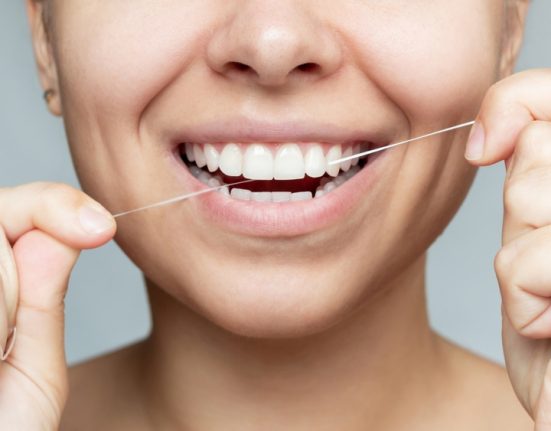The internet is not always the best place to get your fitness information. On this information highway you’ll find plenty of myths and half-truths.
Among those dangerous fitness myths you should avoid:
Fitness Myth #1: A little pain means you’re getting the most from your workout.
The truth: Despite the old cliché “no pain, no gain” you should never experience pain during or after your workout. You should never do a workout if you feel pain. Pain means damage. The pain could be a warning sign that you have overstressed a muscle, tendon or ligament. It can also indicate joint damage. People that continue to exercise when they are hurt increase their risk of serious injury.
You can at times be a little sore from a hard workout but it should never be debilitating. When you exercise hard, your muscles develop microscopic tears that lead to the rebuilding of your tissue and an increase in strength. If you’re very sore you did too much.
Fitness Myth #2: Eating one meal a day will keep the weight off.
The truth: People who do this will lose weight but eventually they lose muscle tissue and collect fat on different parts of the body. Your body knows it needs energy in the form of food (calories) to perform the thousands of chemical actions, which take place throughout the day.
When you eat one meal a day your body thinks its being starved. To prevent starvation your body will slow down the rate at which it burns calories and store fat. Your body stores this fat because it provides a good source of reserved energy. It can’t depend on you to give it what it needs throughout the day but it knows it can depend on stored fat.
Dieting does not burn fat or calories. Eating three to six small meals a day will allow your body to get the energy it needs. Digesting these meals actually causes the body to burn calories. The main reason you have to wait for your food to digest before you workout is because the digestion process will use a lot of the energy you need to do physical work. Eating small meals throughout the day and exercise both stimulate your body to burn calories. Muscle tissue uses more energy than fatty tissue so a well-toned body burns calories at a faster rate than a flabby body.
Fitness Myth #3: You should stretch before you exercise.
The truth: Stretching is not necessary but a good warm up is. A warm-up allows your body to get ready for exercise slowly and gently. To warm up do some type of continuous movement exercise such as brisk walking, light jogging, or jumping jacks for 5 to 10 minutes. If you’re lifting weights you can warm-up by doing a two to three sets with lightweights for each body part you work.
Recent studies found that people that used stretching for a warm up before their workout couldn’t exercise as long and reduced their muscle strength.
Fitness Myth #4: Don’t rest during your workout.
The truth: Your body needs between 15 to 20 seconds to recover from a set. This also depends on your level of fitness. If you have a low fitness level it will take longer for the oxygen to return to your muscles and be ready for your next set of exercise. Read your body. If you need more time to do the next set take it.
Fitness Myth #5: High-heat exercise works the muscles more.
The truth: Some people believe that high-temperature workouts like “hot” yoga, spinning and others in which the room temperature is sometimes 90 F or higher will make the muscles more limber and improve their body’s ability to remove toxins. I don’t recommend it. When you exercise in a hot environment your body has to work harder to protect your body from the heat.
Fitness Myth #6: If you stop lifting weights the muscle will turn into fat.
The truth: Fat and muscle are two different tissues. One does not turn into the other. Fat is found between the muscle and skin. Fat is also distributed throughout muscle tissue but the fat that makes a body look out of shape is found beneath the skin. Many once toned bodies, take on a flabby appearance for several reasons. The most common have to do with the fact that the person becomes inactive and neglects to modify the amount of food he or she eats once they stop training. Steroid use also causes changes in a person muscle to fat ratio once a person stops using them.
To keep excess body fat from accumulating you need to do some form of aerobic exercise three to five times a week and do muscle-toning exercises for each body part two times a week. What you eat is also important. The average healthy
diet should be high in complex carbohydrates (60%-70%), low in fat (10%-12%), and include a moderate amount of protein (20% or .7 grams per pound of body weight). An athlete may require 5% more protein than the average person.








